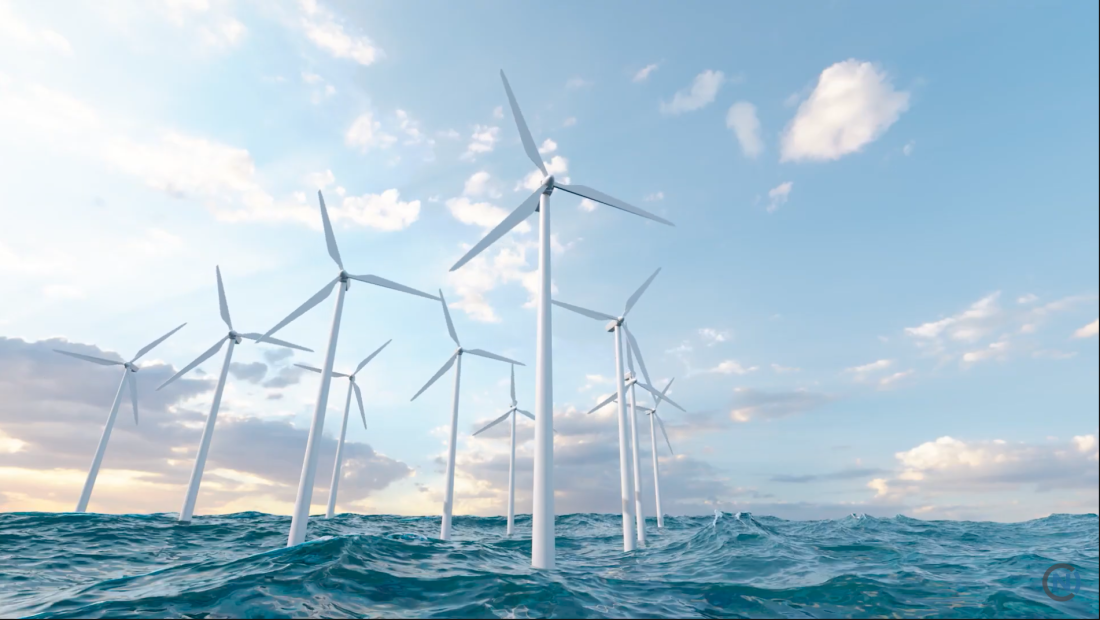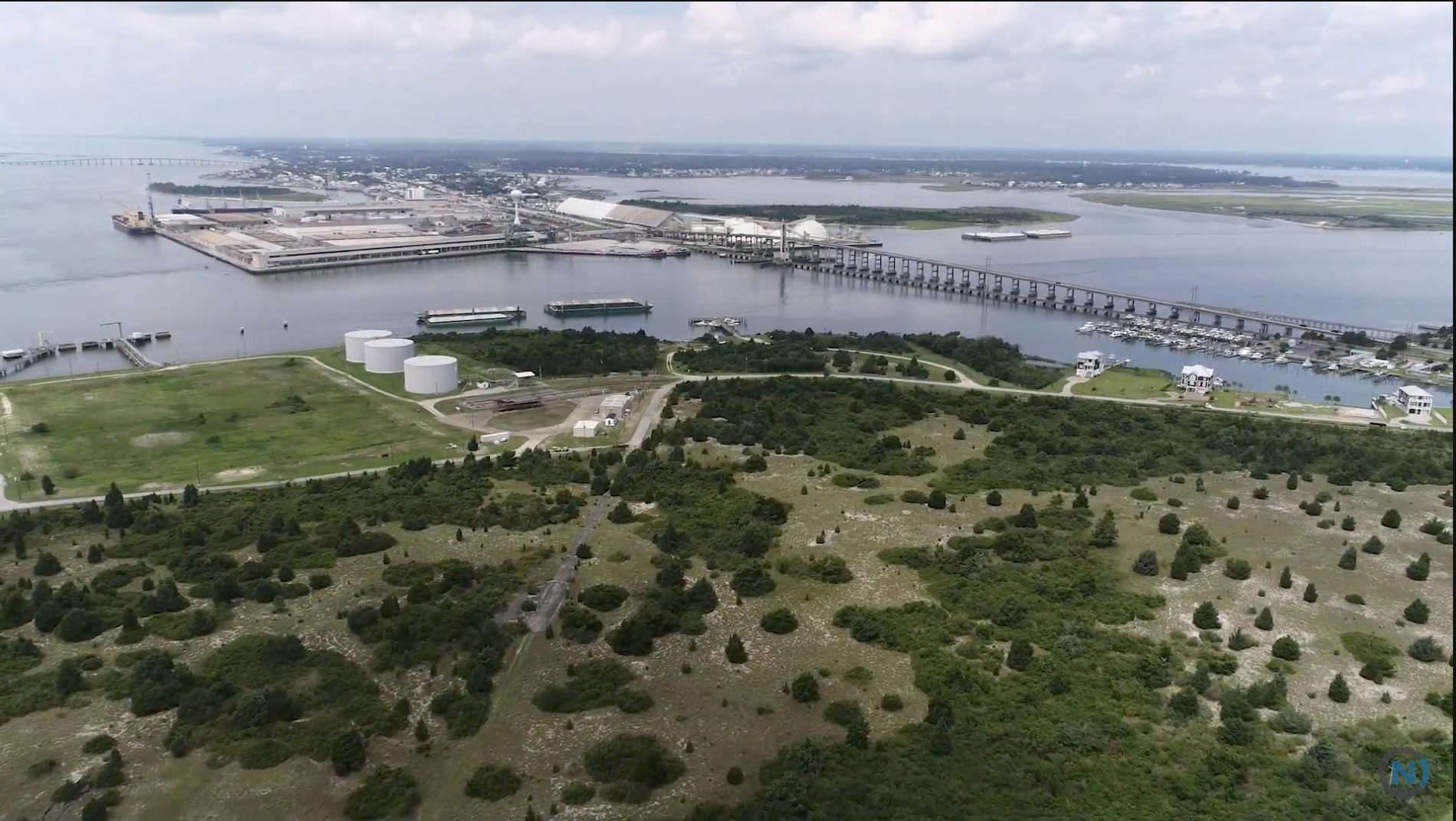The Potential of Offshore Wind Energy Blog
North Carolina might one day support the east coast with offshore wind energy. The economic impact could be in the billions, with tens of thousands of related jobs.

The Problem
With the second-highest offshore wind energy potential in the United States, North Carolina is well-positioned to participate in this rapidly growing global industry which offers opportunities for wind developers, manufacturers, business suppliers, and local communities. That’s why the NC Department of Commerce has made offshore wind energy development a key priority, noting the offshore wind industry’s potential to create new job opportunities while promising to protect the state’s valuable assets.
The Solution
The State of North Carolina proposes developing a facility for the handling and assembly of turbines on Radio Island. The development, pending approval, is expected to bring over 10,000 industry-related jobs to the area. Local leaders say that the opportunity to attract a new industry happens once in a lifetime, and bringing in manufacturers and other businesses that support the offshore wind industry is a big deal for the area.
Carteret Community College offers specialized courses in marine engineering and vessel-related training to prepare students for numerous maritime-related industries, including the offshore wind industry. Many skills learned by students in the program are transferrable to other kinds of machinery, including those necessary to build and maintain offshore wind turbines. In addition, the college is developing a new wind curriculum that will leverage existing offerings in marine engineering and add certification courses that meet the needs of the industry. The college is well-positioned to host this new curriculum thanks to its history of training students in water-based jobs.
The Steps for Growth program in North Carolina is a workforce development initiative focused on building a clean energy workforce system. The program, begun and coordinated by North Carolina A&T, is partnering with 16 community colleges, five universities, dozens of school districts, and over a thousand clean energy industry partners to develop fast-track certification training for clean energy careers. With a $23.7 million federal grant, the program is launching training programs in the summer of 2023, including electric vehicles, solar technology, energy-efficient HVAC technology, and offshore wind pre-apprenticeship programs. The initiative aims to bring in new groups of people and demographics to set up a more reflective way of America’s population. The program leaders say that about 10,000 clean energy jobs need to be filled across North Carolina, and the Steps for Growth initiative will play a significant role in filling those needs. The training programs aim to provide a great opportunity for students to learn about clean energy careers and impact sustainability in a broad spectrum of areas.
Work is also being done at the middle and high school levels to prepare a pipeline of workers.
The Players
The North Carolina Task Force for Offshore Wind has been helping to bring clarity and consensus to building this new industry. In addition, a private-public partnership is conducting an environmental feasibility study for creating a facility for handling and assembly of wind turbines on Radio Island. The study is expected to be completed in 2023. To respond to this and other opportunities, the university and community college training program ensures a ready skill set for the industry. Local K-12 school systems are also preparing a worker pipeline.
Geodynamics is among the first companies to work on offshore wind projects in the state, evaluating potential feasibility sites as offshore wind farms. While surveying the sites is relatively easy, installing hundreds of wind turbines at sea will require the development of a large supply chain. This includes manufacturing parts, filling hundreds of related industry jobs, and hiring for related technical and scientific positions. The North Carolina Clean Energy Technology Center emphasizes the importance of having the workforce in place to support the multi-billion dollar industry expected to bring significant economic benefits to the state. These benefits will land in coastal regions like Morehead City, where Geodynamics is based. The Geodynamics team is also collecting data to identify the best spots in the ocean to place these turbines to minimize harm across other sectors. Specifically, the team seeks to address concerns about the impact of offshore wind farms on coastal tourism and marine life.
Local businesses and organizations are finding their role in the state’s new energy future. Meanwhile, those in the tourism and environmental organizations are working with the offshore wind energy industry to protect the interests of oceanfront property owners, fishermen, tourism, and sensitive marine ecosystems.
The Promise
North Carolina might one day support the east coast with offshore wind energy. The economic impact could be in the billions, with tens of thousands of related jobs. Much of the work for building components of turbines will need to happen near the shore, creating jobs where they are greatly needed.


